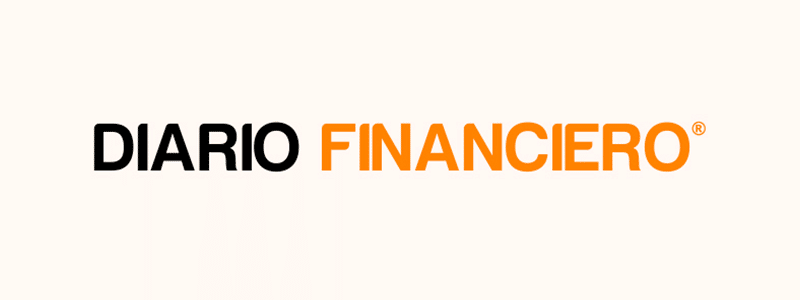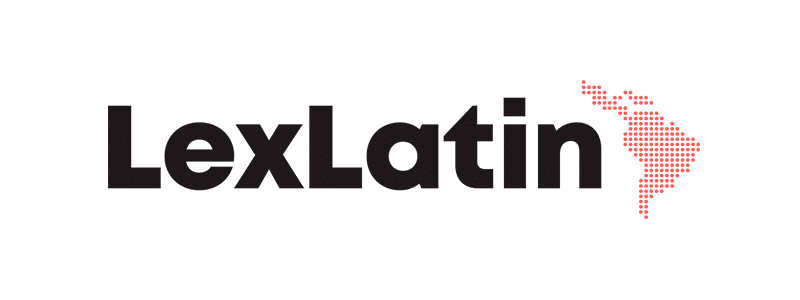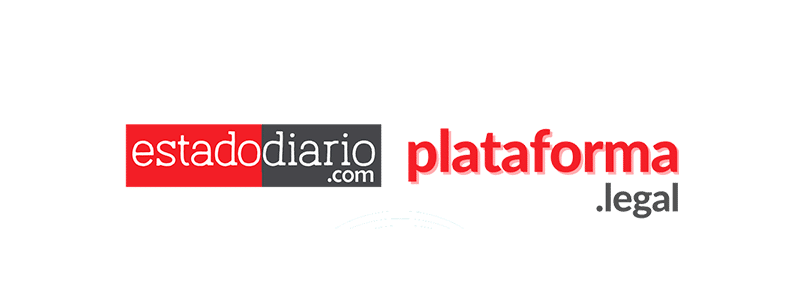The law that creates a fund for the reconstruction of Valparaíso after the fires contemplates a scheme to unfreeze resources, paying a tax of between 12% and 30%.
On May 15, the Congress passed into law the transitory fund for the reconstruction of Valparaíso after the February fires, with an instrument that contemplates resources of more than US$ 800 million for a period of three years.
The vehicle, which will be fed by state contributions and private donations, also incorporates a way to collect funds that has generated a lot of interest in the last few days: an optional regime of tax substitution for companies under the general taxation system and the SME Regime.
The transitory regime contemplates the payment of a 12% tax rate for the withdrawal of the resources accumulated in the register of Tax-Affected Income (RAI), a sort of successor to the Taxable Profits Fund (FUT) closed in the 2014 tax reform.
In the FUT, the company could reinvest profits without paying taxes, unless these had been withdrawn by the partners. At the time, it accumulated resources equivalent to 150% of Chile’s GDP. That is, some US$ 310 billion.
The window will apply with respect to taxable profits accumulated in the RAI between December 31, 2016 and December 31, 2023, through a substitute tax for final taxes at a rate of 12%, on part or all of such balance, without the right to a tax credit. In the case of SMEs, the rate will be 30%, but it may be used as a credit against the First Category Tax.
The mechanism will be in force between May 2024 and the last banking day of January 2025. The Executive expects to collect the equivalent of 0.2% of the GDP, slightly more than US$ 600 million.
The most recent precedent of something similar occurred between March 2020 and April 2022, when the Treasury collected more than US$ 3,700 million with a 30% tax. This tripled the target set at the time by the Treasury.
For the director of Grupo Tax de az, Andrea Bobadilla, when analyzing the technical aspects of the transitory norm, it is an incentive that must be evaluated case by case, both from a tax and financial point of view, to determine if the payment of this substitute tax is convenient or not. “Undoubtedly, it will be attractive for taxpayers that the payment of this substitute tax will mean affecting the profits accumulated in the RAI at a lower rate, versus the rate at which they would be taxed at the time of their withdrawal or distribution”, he observes.
Source: Diario Financiero, May 29, 2024.



